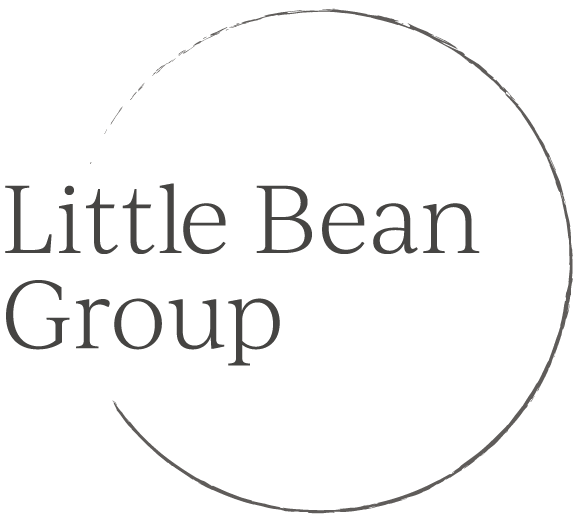I think of solicitation meetings as a series of questions. First, I ask myself if I am ready for the meeting. Then I ask the person if I can ask them for a gift. Then I ask. Read my 3-part solicitation process below.
1. Do I feel I have a relationship where I can ask for money?
You will likely have a quick reaction and you should follow your instincts. If the answer is no, keep engaging and building a relationship. If the relationship is yes, here are a few questions to consider in the lead up to your meeting:
What can I offer in our conversation? Consider what update or piece of information you can share.
- What is my objective in this conversation beyond making an ask? How else can I engage the person I’m meeting?
- What else can I learn from this person? What insights or feedback might they have to offer?
Think of a solicitation as a piece of a conversation rather than the entire conversation. That way you leave room to create connection, share information, and further the relationship.
2. How will I know if it’s ok to ask?
You may have a sense that the meeting is leading to an ask. But what if you aren’t sure? Either way, I love these phrases that allow you to ask the person if they are ready to discuss an ask. “An ask to ask” ” is a great tactic. In conversation, using this technique allows the person to feel ready to receive an ask. It gives them a moment to pause and feel ready. Or they may choose to pause the conversation if they need. If they are ready, then you’ve set the foundation for a great conversation. And if not, you’ve given them a way to leave the conversation without embarrassment. You’ve respected their time and space.
- How does this idea sound to you?
- Would you like to learn more?
- May I come back to you with ideas for how you can engage?
Remember, not everyone is willing to commit on the spot. That’s why I suggest asking open ending questions to get a sense of what the person is thinking.
3. How will I ask? What will I say?
- Do you feel ready to jump in?
- May I ask you to support us financially?
- Here are a few ways to be involved…
- I am making a gift of $X this year. Would you join me?
You have now made an ask. If the donor confirms that they are ready to jump in, to support you, or to get involved, then you move to hammer out the details. I like to have a few phrases on hand that I can quickly utilize in conversation. They include:
“Many donors chose to start funding this program…”
“What gift feels comfortable to you?”
“Would you consider making a gift of $10,000 to support…”
“I can share more information about our giving levels if you would like.”
A few important notes:
- You must cultivate trust with donors – both personally and professionally – in order to make an effective ask. Though many of us were taught that we must always ask in a donor meeting, I am of the belief that this is false. In fact, most of our time should be spent relationship building, not asking.
- Don’t be afraid to say you don’t know something – acknowledge that you’ll look into it and follow up.
- Follow up is essential. The worst thing you can do is meet with someone and then not follow up. It wastes their time, your time, and diminishes trust.
With planning and practice, you can make solicitation conversations an important part of the donor engagement process. You check out other solicitations resources here, here, and here.
